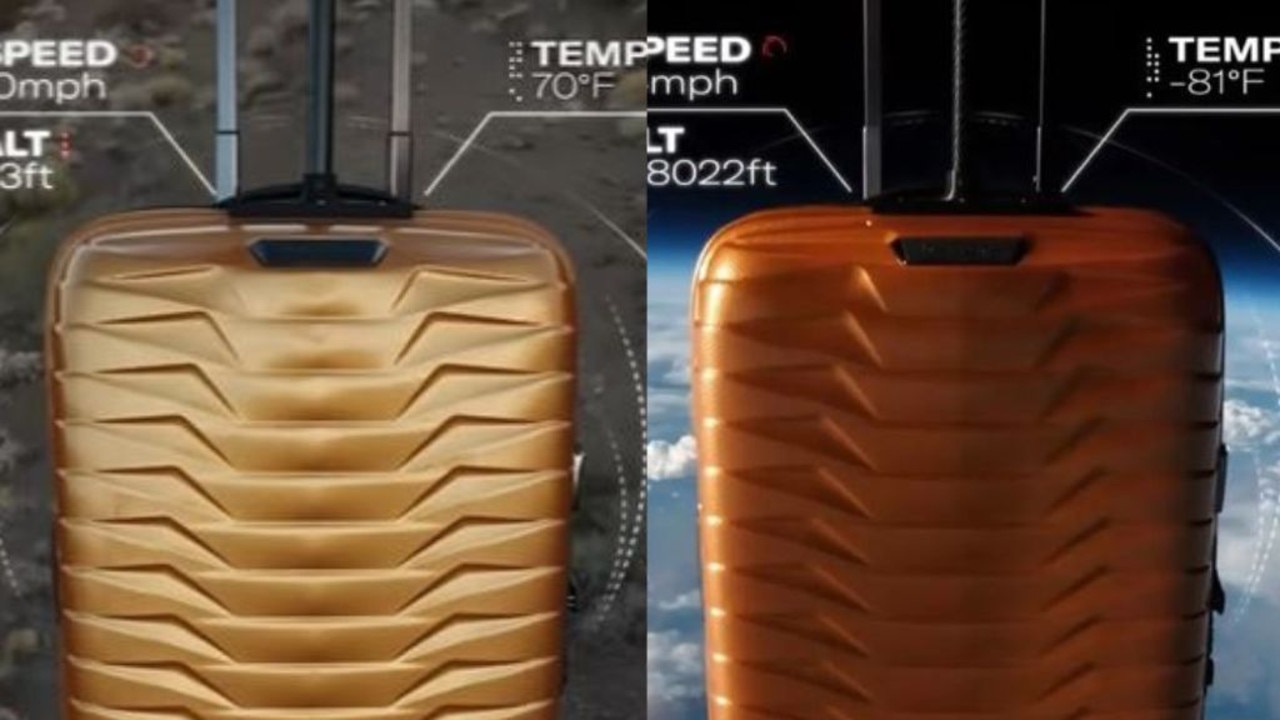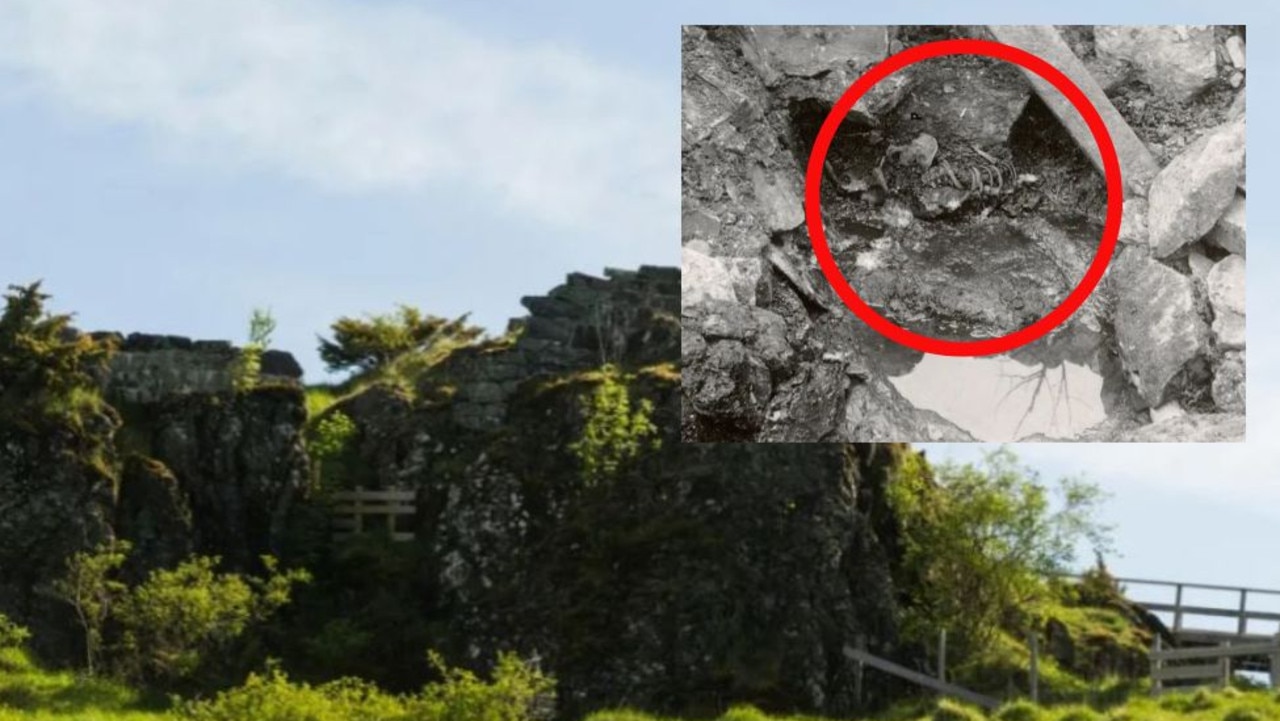From the ‘Penis Owl’ to the stolen bull testicles, these are Australia’s strangest statues
From an owl that looks like a penis to the life-size bulls that keep losing their testicles, these are Australia’s strangest statues and monuments.

“Do you reckon it looks a bit like a penis?”
Almost immediately after the statue of an owl was erected in the Canberra suburb of Belconnen in 2011, the phallic comparisons began.
The public art piece of a Ninox strenua, better known as the “powerful owl”, became an instant joke, loathed by many and subjected to memes and parodies.
“However, over time, Canberrans have come to embrace the eye-catching icon,” Tara Cheyne, member for Ginninderra in the ACT Legislative Assembly, told news.com.au.
“It has become a landmark in its own right and is a must-see for anyone visiting Canberra.”
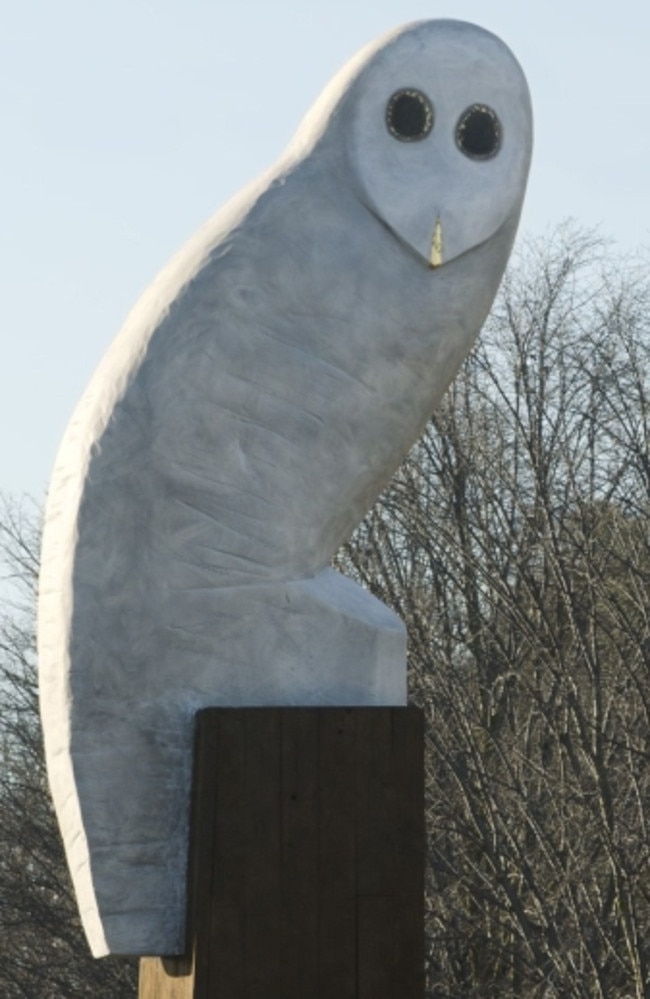
It’s better than the Canberra owl that’s for sure pic.twitter.com/cuWXr9m5nw
— AM (@AusBeerJourney) September 11, 2019
More from Canberra. We had a chief minister until relatively recently who championed public art. This sculpture, purportedly of a snowy owl but looking distinctly phallic, now welcomes people to Belconnen. I love it. pic.twitter.com/vZ9SaX6FYd
— WeRWorld - Kez of the Nullarbor (@WeRWorld) July 24, 2019
Indeed, the Great Penis Owl of Belconnen, as it has come to be known, is a popular destination and selfie spot.
People still poke fun, but it’s in a more affectionate sense eight years on. And the instances of vandalism have declined over time.
Welcome to Canberra we have a giant owl statue that has eyes & a beak on the front... But from behind... pic.twitter.com/vuTxOQgv
— Tashamantium (@TashyP_) November 6, 2012
The Belconnen Owl is one of countless quirky statues, monuments and art pieces that adorn Australia’s landscape.
Some 1500 kilometres away, another community has long battled with its own genitalia-related statue woes.
Rockhampton in central Queensland is home to six life-size bulls, dotted throughout the city, the first of which appeared in the late-1970s.

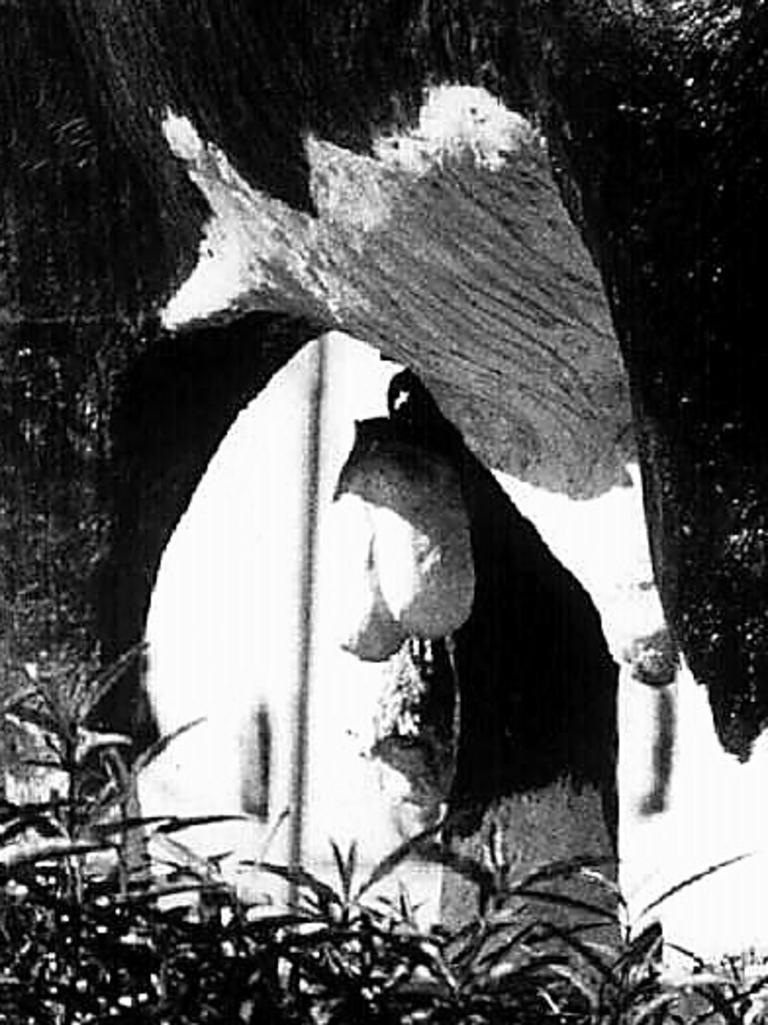
The anatomically correct statues – a homage to the region’s title of Beef Capital of Australia – had a habit of losing their testicles fairly frequently, Barbara Webster, a local historian, explained.
“The Brahman statue on Yaamba Road was notorious for losing its fibreglass testicles, initially to male students from (the local college) at night during their annual prank or rag week,” Dr Webster said.
“When the testicles were replaced, students would removed them again. They also became stag night trophies for a period.”
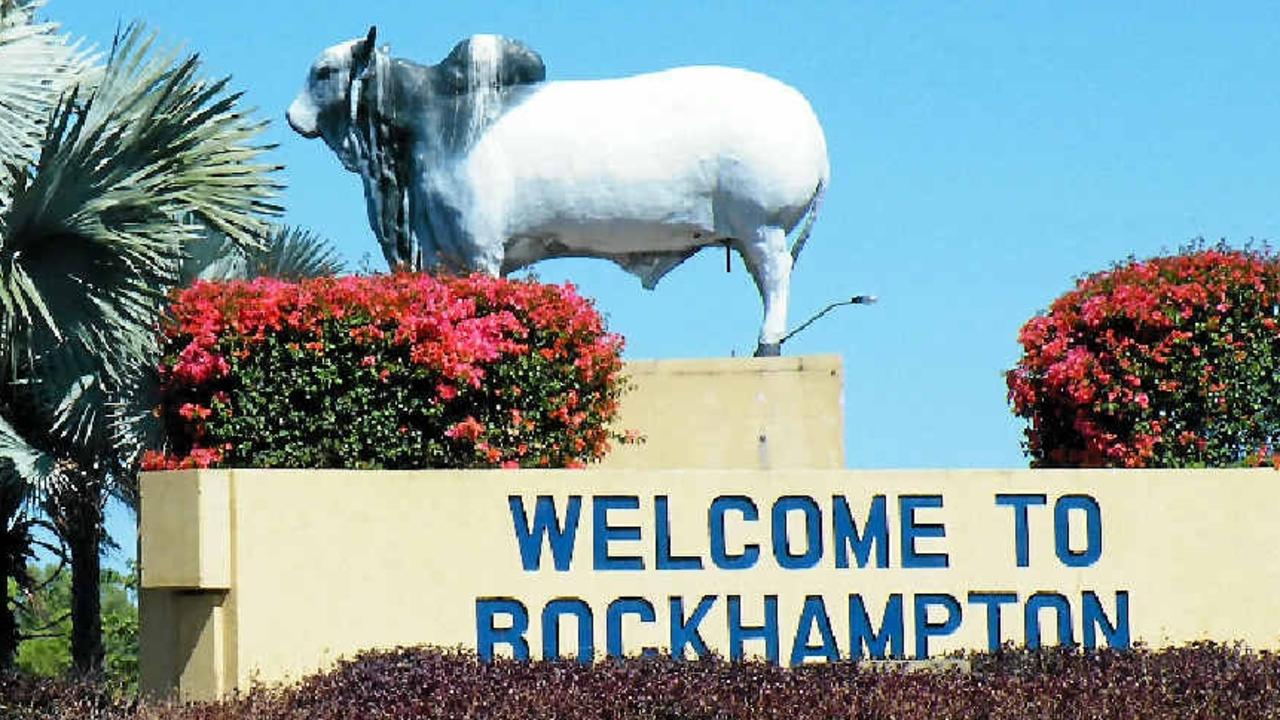
Rockhampton’s Mayor Rex Pilbeam was furious and threatened to erect a high fence around the bull if the testicles kept disappearing.
“The final solution was to attach the testicles with a steel rod inside,” Dr Webster said.
As other statues popped across town in the decades following, they too were fitted with rods as a way of theft-proofing the balls.
One of the biggest statues of them all sits in the middle of a roundabout on the only road into Rockhampton from the south, its rear facing visitors as they arrive. Each motorist gets a glimpse of the Braford Bull’s specially reinforced testicles.
Australia is home to a seemingly endless list of big things, from the Big Pineapple in Gympie in Queensland to the Big Banana in Coffs Harbour in northern New South Wales.
And then there’s Kiama’s attraction, the Big Poo – a five-metre long foam structure originally laid at the town’s entrance in 2002 as part of a protest.
RELATED: Australia’s ‘big’ problem — what to do with our ageing super-sized statues?
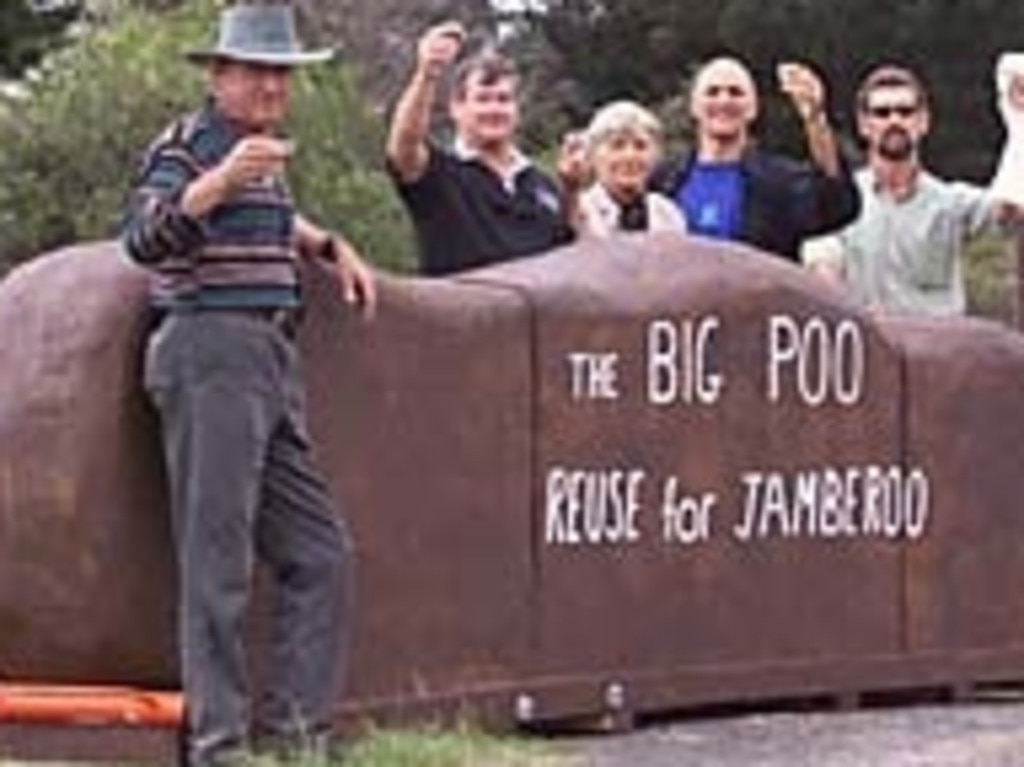
Ian Cohen, the Greens MP for the region in the NSW Government at the time, was leading opposition to a plan by Sydney Water to dump effluent in the ocean.
As well as getting the message across thanks to extensive media coverage, Mr Cohen declared: “Locals love it, all the passing traffic love it.”
Almost two decades earlier, a similar plan by Coffs Harbour Council to pump raw sewage into the ocean inspired a rowdy demonstration by local surfers. A group of them built a three-metre long papier mache poo and rammed council’s front door with it.
On the other side of the country in Perth, a lady known as Eliza stands on a podium in the Swan River, her 2.2-metre height making her an unmissable sight from Mounts Bay Road.
It also makes the bronze statue a perfect model for all manner of costumes, from football jerseys to ball gowns and everything in between.
Some celebrate sporting grand finals, birthdays, charity events and graduations, while others are used to promote causes like animal cruelty prevention and blood donation.
RELATED: Crawley statue masked as WA swine flu tally hits 35


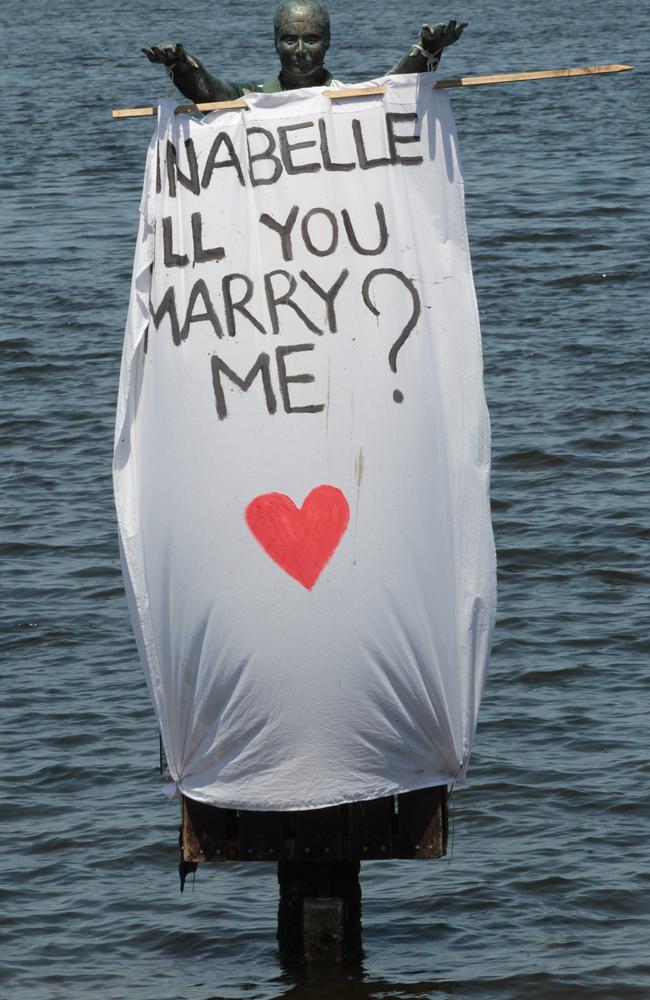
Erected in 2007, Eliza has become a local icon and her frequent rotation of outfits is dutifully chronicled on social media by bemused fans.
Sculptor Tony Jones told the ABC in 2010 that he was initially horrified to see his creation all dressed up, but admitted he’s since softened his stance on the pranks.
“As long as the dressing up doesn’t stay there for weeks and weeks – I think that’s important, and the other thing is that it’s not vandalised or damaged, and that doesn’t seem to happen,” he said.
Another strange monument of note is a decommissioned submarine found in the middle Holbrook, a town some 260 kilometres from the ocean.
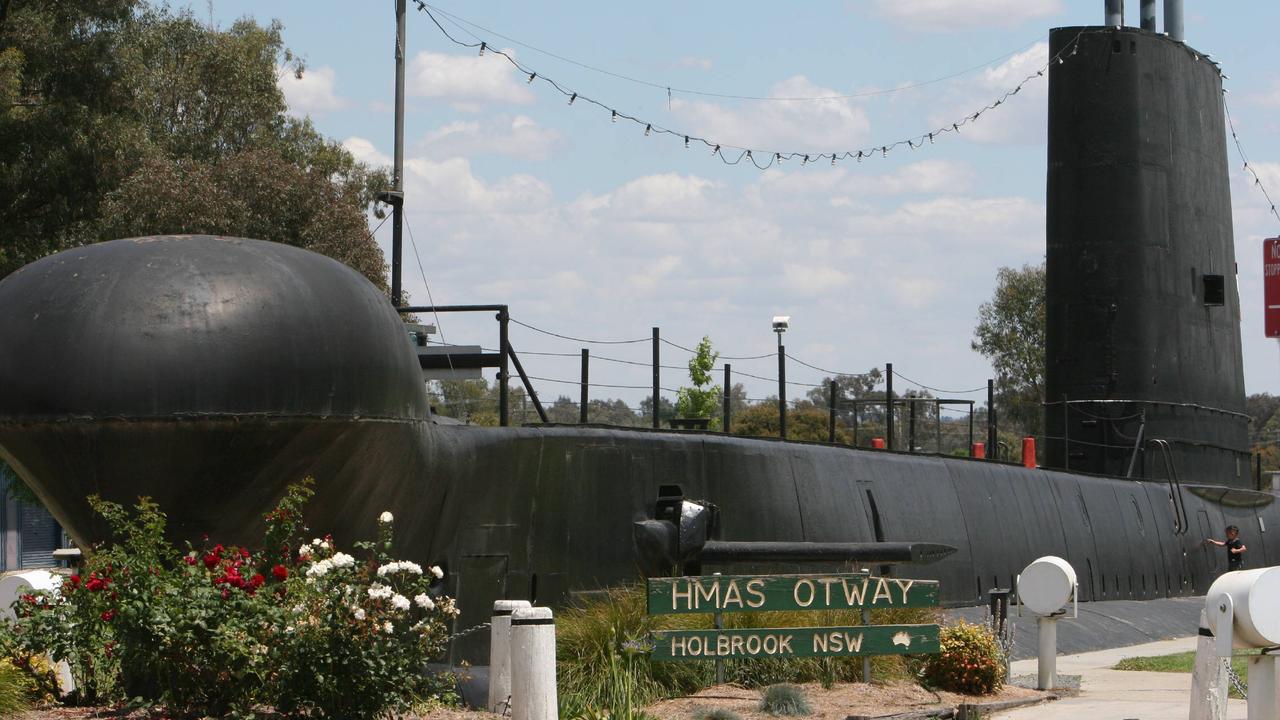
The HMAS Otway, an Oberon-class submarine, was in service for the Royal Australian Navy from 1968 until 1994, and shortly after it was sent west to its final resting place.
Now, it sits in what’s dubbed Holbrook’s Submarine Precinct as a curious tourist attraction.
Why it takes pride of place in the town rather than some coastal location goes back to 1915 when anti-German sentiment due to the war saw locals demand a change of name to Germanton, as the regional outpost was then known.
Holbrook was officially gazetted, inspired by the famed submariner and Victoria Cross recipient Lieutenant N.D. Holbrook, and has been mad about subs ever since.
Much closer to the NSW coast in the town of Robertson, you’ll find a 10-metre long potato that’s fittingly known as … the Big Potato.
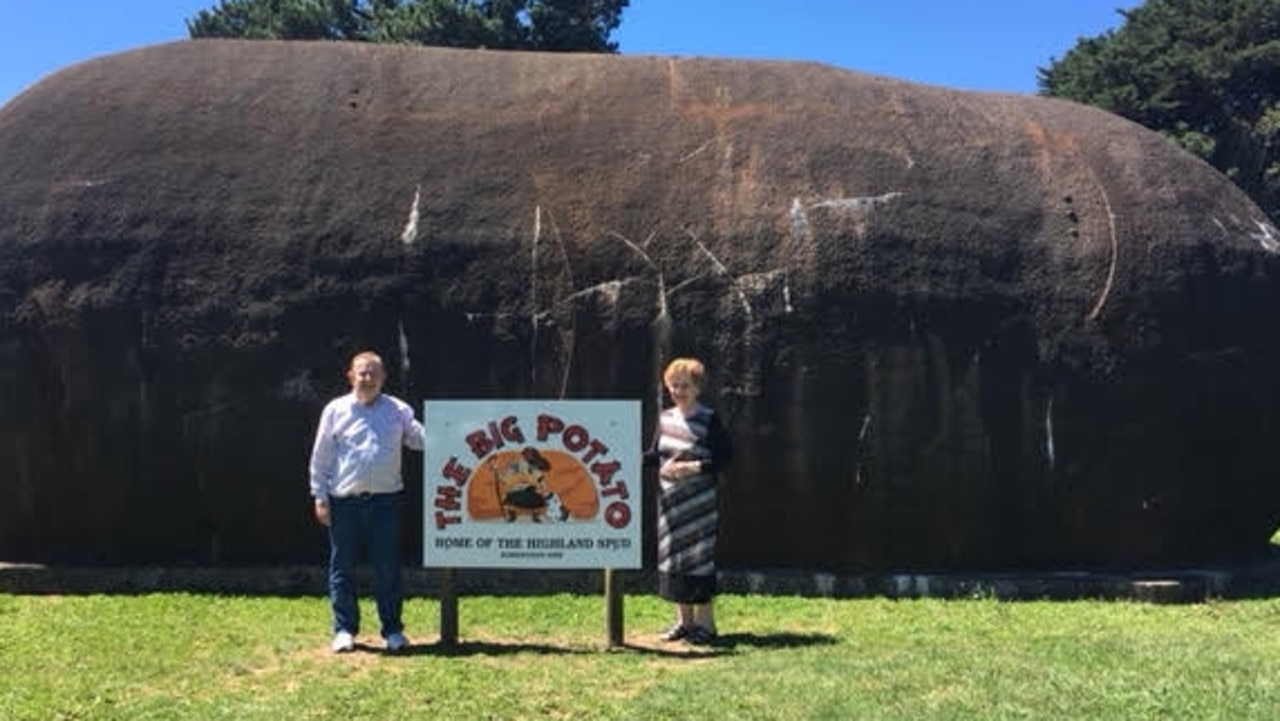
It was built in 1977 as a tribute to the area’s roaring potato trade. It’s made of concrete and hollow, meaning visitors can go inside if they like, although there’s nothing in there.
Other memorable monuments include Larry the Lobster in Kingston in South Australia, Sam the Koala in Dadswells Bridge in Victoria and the Big Bench in Broken Hill in NSW.
What’s your favourite statue, structure or artwork? Share your pick in the comments below


